Creating a Community through Matsuri Festivals. Matsurism’s Efforts in Paving a Future in the Neighborhood.
Creating a Community through Matsuri Festivals. Matsurism’s Efforts in Paving a Future in the Neighborhood.

We interviewed Mr. Manabu Ohara, the Representative Director of a general incorporated association Matsurism. Mr. Ohara is a man of stories. He quit his job from his insatiable love for festivals and meagerly used his savings to travel throughout Japan, experiencing about 30 matsuri-festivals within the span of 6 months. Currently, he promotes fascinating aspects of matsuri-festivals throughout Japan, and in addition to finding ways for people to experience these events, he is actively working in establishing bonds between neighborhoods and revitalizing communities through matsuri-festivals. In our interview with Mr. Ohara, we learned about his first encounter with matsuri-festivals and the future of these age-old traditions.
Revitalizing the Community through Matsuri-Festivals. Finding Solutions to Regional Issues through Matsuri-Festivals.
-Thank you for your time today. Firstly, we would like to ask about your job title as a “Matsuritator.” What exactly do you do?
It’s just a play on the words, combining the words “Matsuri” and “Facilitator.” Matsuritators are who we refer to as someone who connects people and people with the region through matsuri.
-Could you tell us more about the activities of Matsurism, the organization which you serve as the Representative Director?
No problem. Matsurism’s motto is to “Invigorating the People and the Town through Matsuri-Festivals.” We provide support in finding ways to have more people experience Japanese matsuri-festivals and the people who organize these events. We have two main activities: Tourism and regional activities. For our tourism activities, we invite willing participants to matsuri-festivals and offer one-day tours or 2 Nights 3 Days tours. Participants can fully immerse themselves into the regional community and take part in all phases of the matsuri-festival till up to the after party. We currently offer tours in 12 locations throughout Japan. Some of these tours can accommodate large groups as well. As of 2018, we have so far held about 30 tours and a total of 400 people have participated.
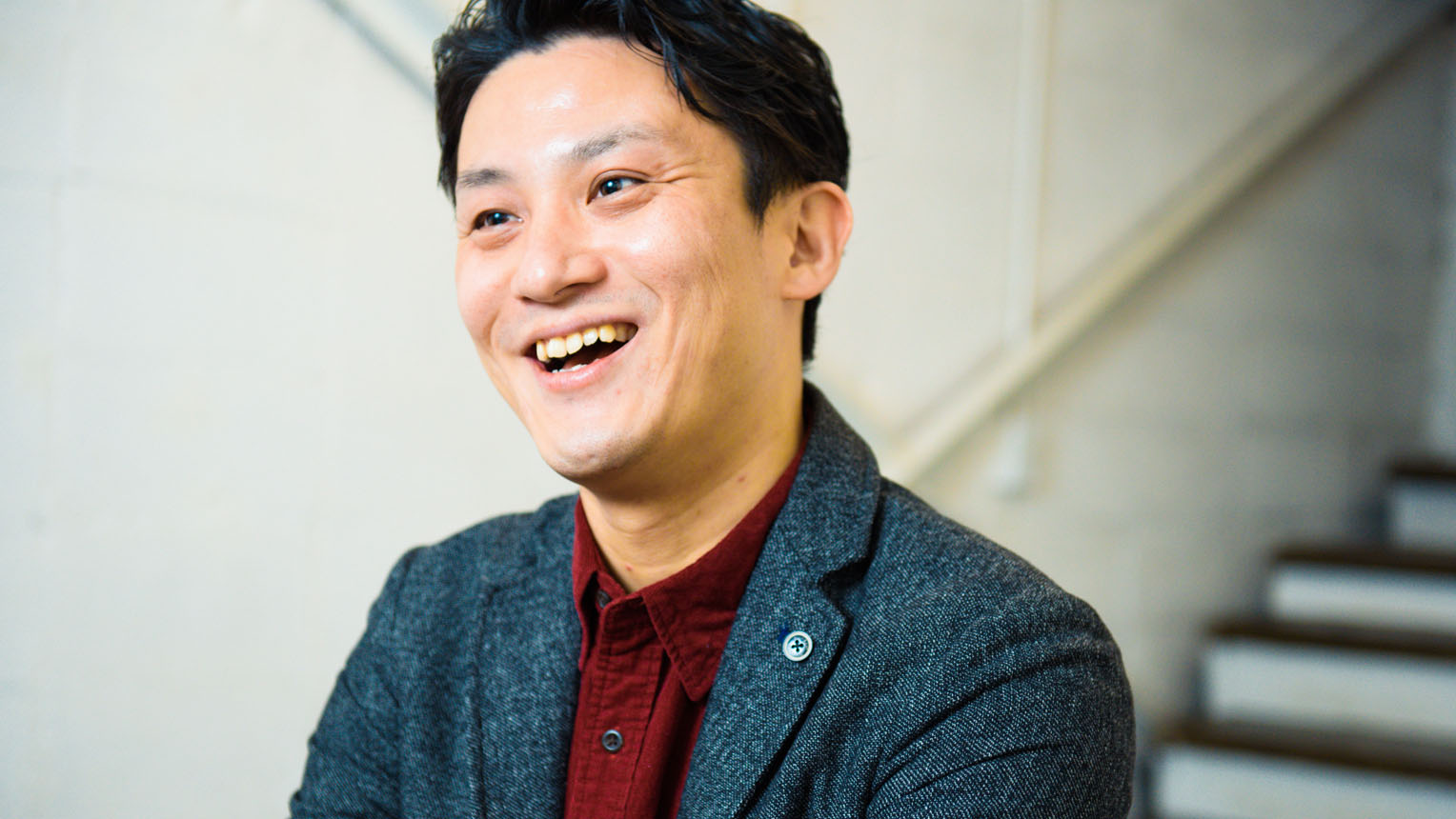
-That’s one kind of experience to also join the after party.
Yes, it is. It’s always more fun to take part in a matsuri-festival than to just watch it. We have seen cases where participants were so immersed with the locals that they began addressing each other like neighbors saying “I’m home” and “welcome home.” That’s what I feel is the true value of matsuri-festivals, and I want more people to experience it.
-Do they actually greet by saying “I’m home” and “welcome home”?
Yes. I started this business after taking part in the 2014 Awa-Odori dancing of Awaikeda in Miyoshi City, Tokushima Prefecture. This was even before I founded this organization. I later took part in the same festival the following year, and the local residents all welcomed me back as if they have planned it. Later, a local resident told me that “Everyone just naturally wanted to say ‘welcome back’ to you,” and I was just so touched. I mean, aside from your own family, you don’t get to be welcomed back.
-That’s amazing that you can build such a relationship even with a few hours. Please also tells us about your regional activities.
The primary regional activities we do is holding workshops. Many matsuri-festivals throughout Japan are facing issues regarding a shortage of volunteers. They also have other issues such as low participation of young people, difficulty in training successors, and decrease in donations. To find solutions to these issues, we organize workshops to think together how we can all better promote the charms of matsuri-festivals. We have so far organized13 workshops, and over 200 people have participated.
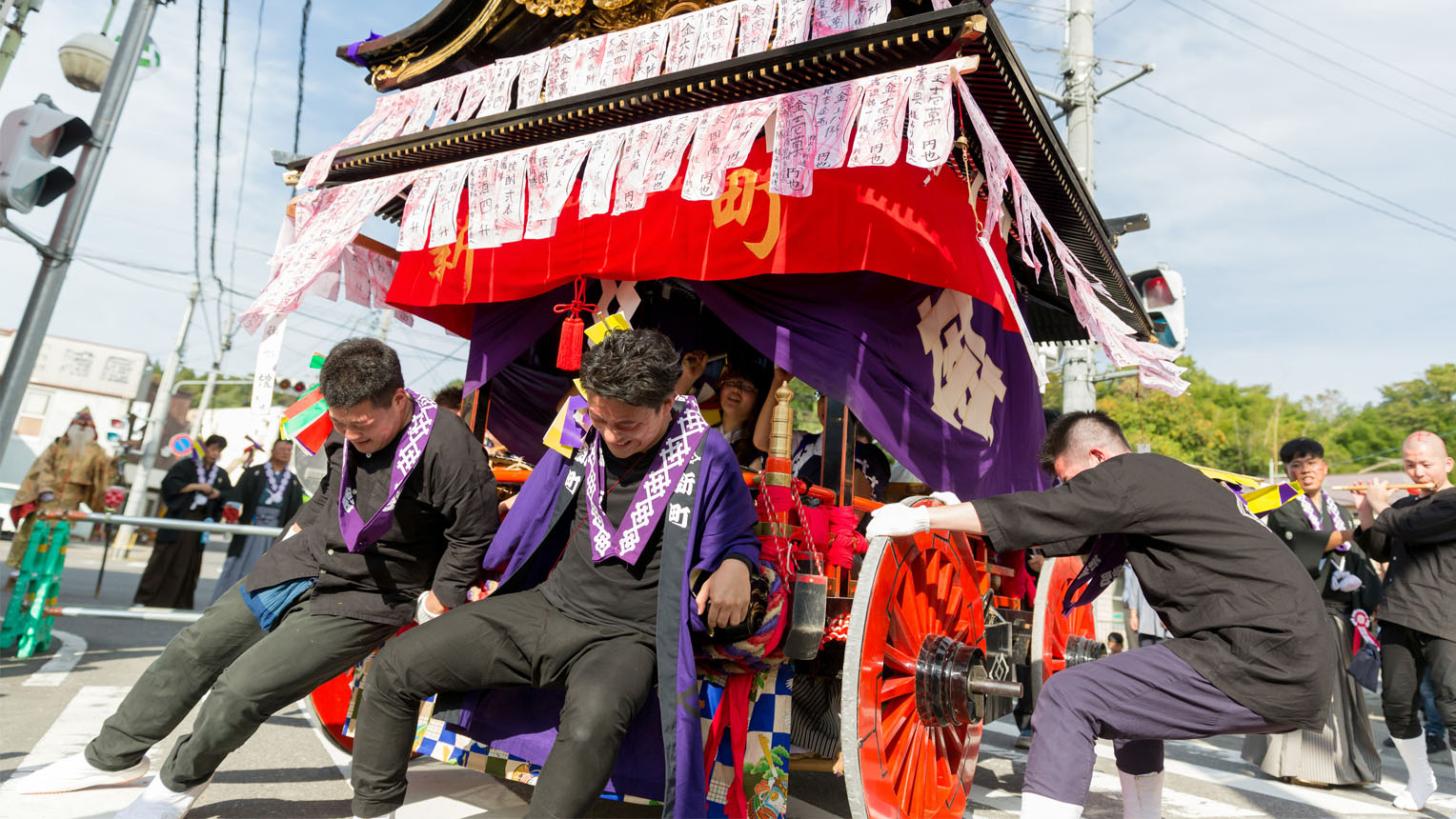
At the Obama-Crest Montsuki Festival (Nihonmatsu city, Fukushima)
We also promote through videos. We create videos with the local communities that would re-affirm just how incredibly fascinating their matsuri-festivals are. It’s worth noting that sometimes, the people of the region and even local residents are unaware of their own local matsuri-festivals. That’s why we work to shoot close-up videos that could only be done unless you have a close-knit relationship with the region. Through the videos, we want people to realize the fascinating aspects of the matsuri-festivals. These activities are only possible through subsidies and grants. In 2017, we took part in an inbound project to create a hands-on tour for foreign tourists in cooperation with major travel agencies and the Umi-no-Matsuri promotional activity (The Umi-to-Nippon Project, ‘Sea and Japan Project’) sponsored by the Nippon Foundation.
Matsuri is All About Teamwork?!
The power of Matsuri to strengthen bonds within the region.
-What exactly made you interested in matsuri-festivals in the first place?
During my first year at university, I was hitting the rock bottom of my life. I moved to Tokyo upon my acceptance to a university but I couldn’t adjust to city life. Even worse, I was so far removed from what I imagined life would be like as a university student. The club I joined had excessive drinking parties which physically and mentally wore me out that I even developed skin rashes. Many things accumulated and I got to a point where I didn’t feel like socializing with anyone. It was literally a complete downward spiral. At such timing, a friend invited me out to go to a matsuri-festival. For some reason, I somehow felt that I could go out a little if it’s a matsuri-festival and I went along with my friend. Initially, I watched the festival cynically but gradually began to think about how fun it’ll be to join. My friend pulled me in, and I joined the dancing crowd. Once I started dancing in the group, I began to feel that everything up to now doesn’t really matter, allowing me to think that although I cannot affirm the current self, this is also a way to live. Afterward, my life at the university became all roses and sunshine for me.
-Is there a special power to the matsuri-festivals in which many people gather and enjoy their time?
I think there is. I played volleyball throughout my student years. Anyone who has ever participated in team sports would probably understand, but when you form a circle with your teammates, there are moments when you actually feel the power growing stronger. I love those kinds of moments, and I probably felt something similar to that in a matsuri-festival. On a side note, the theme of my graduation thesis was “Team Circle” (laughs).
-That’s pretty interesting that your graduation thesis was on team circle. Could you tell us a little bit more?
I was studying the best way to form a team circle that could maximize its effects. In Japan, forming a team circle is for the purpose of firing ourselves up. Whereas in overseas, it is for the purpose of planning strategies. Historically, the strategic planning team circle started 150 years ago. An American football team had a player who had a difficulty in hearing and the team gave signs with their hands to communicate with that player. But pretty soon, their opponents started picking up on the signs. So to make sure their opponents wouldn’t know of their strategy, they started forming a circle to share strategies. That is said to be the start of forming a team circle.
-I did not know about the history behind team circles.
Based on the results of my study, I found out that there are “good circles” and “bad circles,” and that you can’t just blindly form a circle. There are 3 important factors in forming a good circle: Bodily contact, forward posture, and loud voice. A circle formed that qualifies the 3 factors will significantly enhance the intimacy level and the will to achieve the common goal within all of the members, which leads to better performance. But if you lack any one of these factors, the drive and intimacy will drastically go down. So if you are forming a bad circle, it’s better not to.
-These 3 factors could relate to when people carry a Mikoshi (portable shrine) during a matsuri-festivals.
Yes, it does. I see matsuri-festivals as an extension of forming a team circle. I feel that a matsuri-festival itself is a team circle. Being in close proximity while shouting loudly together raises the feeling of unity, and in turn, would lead to a feeling of camaraderie. Formulating a feeling of community is one purpose behind a matsuri-festival. You shout out loud with arms around each other’s shoulder in order to hoist something heavy on the count of three. Doing so creates a sense of accomplishment and instantly builds a friendship. If you continue to repeat that, it becomes a community. Even among people that have a conflict of interest, for the 1/365 day of a matsuri-festival, they can unite as one. I believe that having an experience like that will make the remaining 364 days of the year more enriching.
-So the significance of a matsuri-festival is to strengthen bonds within the community.
Yes, I believe so. Take mikoshi for an example. I think that there are lots of thoughts and details put into making them.
-That being?
When you’re carrying them, you wouldn’t think about it too much, but I believe that a mikoshi is purposefully built to be heavy in order to load the necessary weight to build unity. How the weight of a mikoshi is distributed is so well-designed. It’s heavy enough that everyone would need to join forces to finish carrying it around. I truly believe that someone long ago created matsuri-festivals by creating the right amount of burden to build a sense of unity.
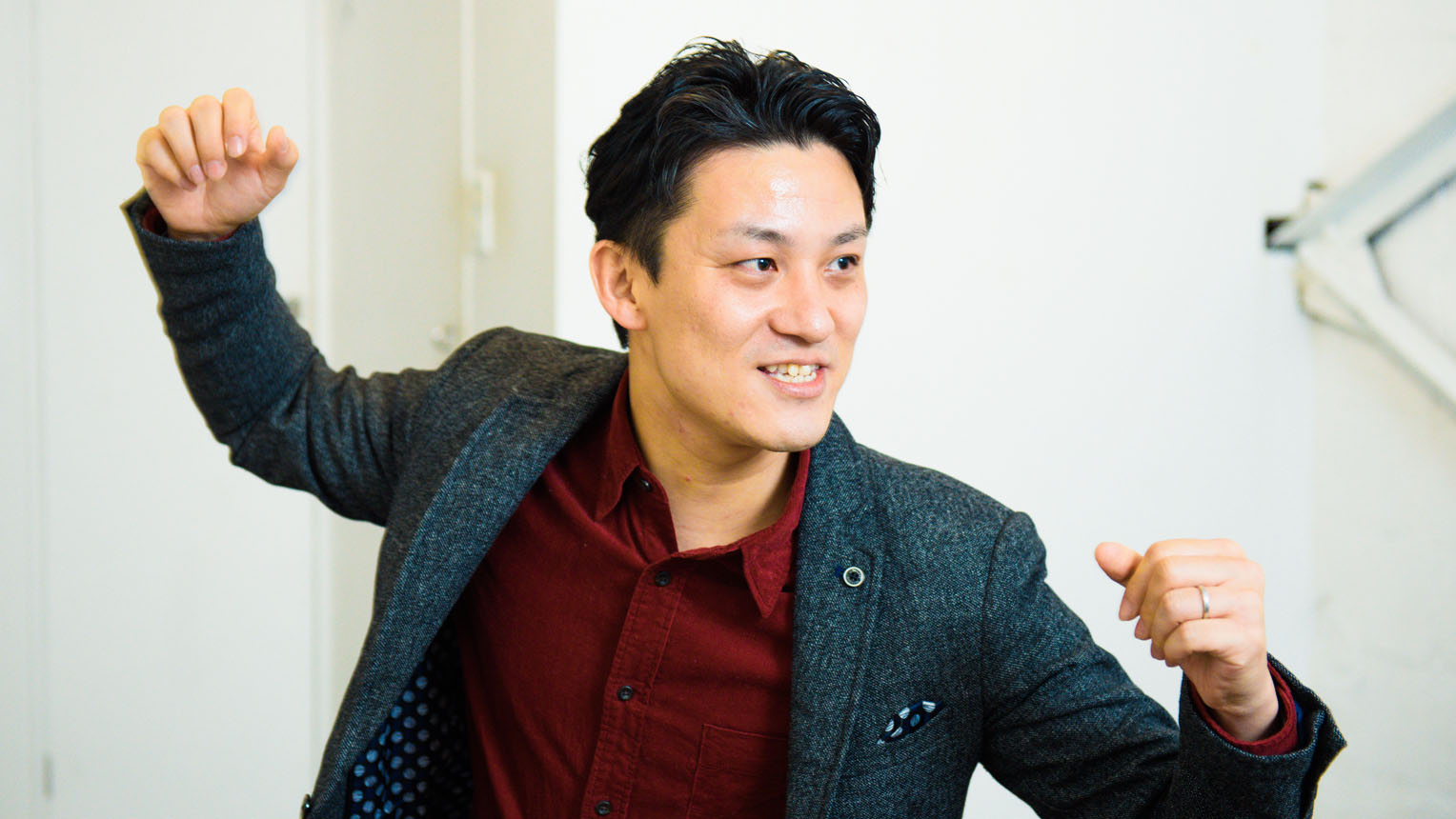
Mr. Ohara demonstrating the Hitaki-climbing ritual at Kuroishidera-Temple Sominsai Festival
Drawn to the power of “human excitement,” establishes a general incorporated association.
-After graduating from university, you dismissed matsuri-festivals from your mind and started working in a company.
As much as I wanted to continue being a part of matsuri-festivals, I also needed to put food on the table (laughs). So, I first started working as sales at a foreign financial company. I’ve always been curious about people in general, and to be honest, I wanted to work in the human resources department. But due to the Bankruptcy of Lehman Brothers, there just was no hope in a department transfer. After working in the company for 5 years, I changed my careers and found myself at an NPO where I could immerse myself in fostering human resources. That was when I realized that although I loved people, I was even more attracted to human excitement or in other words, what human interaction can create. That was when I noticed that that is what matsuri-festivals are.
-You were still actively participating in matsuri-festivals even then, correct?
After leaving the NPO in June 2016, I founded Matsurism in November of the same year. But yes, I was already participating in matsuri-festivals like the previously mentioned Awa-Ikeda Matsuri-Festival since 2014. For a good couple of months after quitting the NPO, I traveled all over Japan to take part in about 30 matsuri-festivals. Of course, I had zero income at this time. Pretty crazy (laughs).
-This is a really simple question, but how do you become close to the people at a new town?
Here’s one way. You start by becoming friends with the people who work in cleaning shops, rice stores, and liquor stores.
-Cleaning shops, rice stores, and liquor stores?
Yes (laughs). Those are businesses that are focused primarily on the local region, meaning that they are trusted by the locals. Otherwise, they would be out of a job. I believe that becoming close to them will smooth out the overall process. Afterward, you create connections with various people during the matsuri-festival. It goes without saying that it’s only during a matsuri-festival when job titles don’t matter, whether you’re a president or a part-timer jobber. Even if the mayor is present, the relationship is always even. So even if you didn’t have the chance to talk during a matsuri-festival, you might be able to start a conversation from “hey, I saw you at the festival” and quickly become close.
-You are on equal terms with everyone. People do seem to become their natural selves without trying to look good during a matsuri-festival.
Yes, indeed. I call this the “no pants communication” (laughs). I believe that it is important to have communication which you can show your true self, not just during matsuri-festivals. I mean, imagine a person from Tokyo with a university degree, going on and on about regenerating prosperity and using other big fancy words. No one would want to talk with someone like that.
-I’ve heard that locating your offices in Nihonbashi Bakuro-cho also relates to communication.
I think it was when I went to a matsuri-festival and introduced myself. I was asked where I came from and I told them Shibuya, which was where I lived in at the time. Many people would think of IT companies and 109 department stores if they hear Shibuya. The people there jokingly told me “you’re a city boy!” but at that instance, I felt a distance between them. The place I lived was actually in the outskirts of Shibuya area and was not like the typical city, but it was hard to not be misunderstood. That’s why we relocated to Nihonbashi Bakuro-cho. Many people in the countryside know about Nihonbashi, especially Bakuro-cho. It makes it easier to start up a conversation.
-Bakuro-cho is that popular?
Bakuro-cho is actually home to many wholesale stores, and those who take part in matsuri-festivals have business with the stores in that area. There are sometimes people who have previously worked at Bakuro-cho. So for people in the countryside, it’s definitely one of the more familiar areas in Tokyo. Plus, I think it’s kind of nice that even the name, Nihonbashi Bakuro-cho, has a ring of tradition and culture.
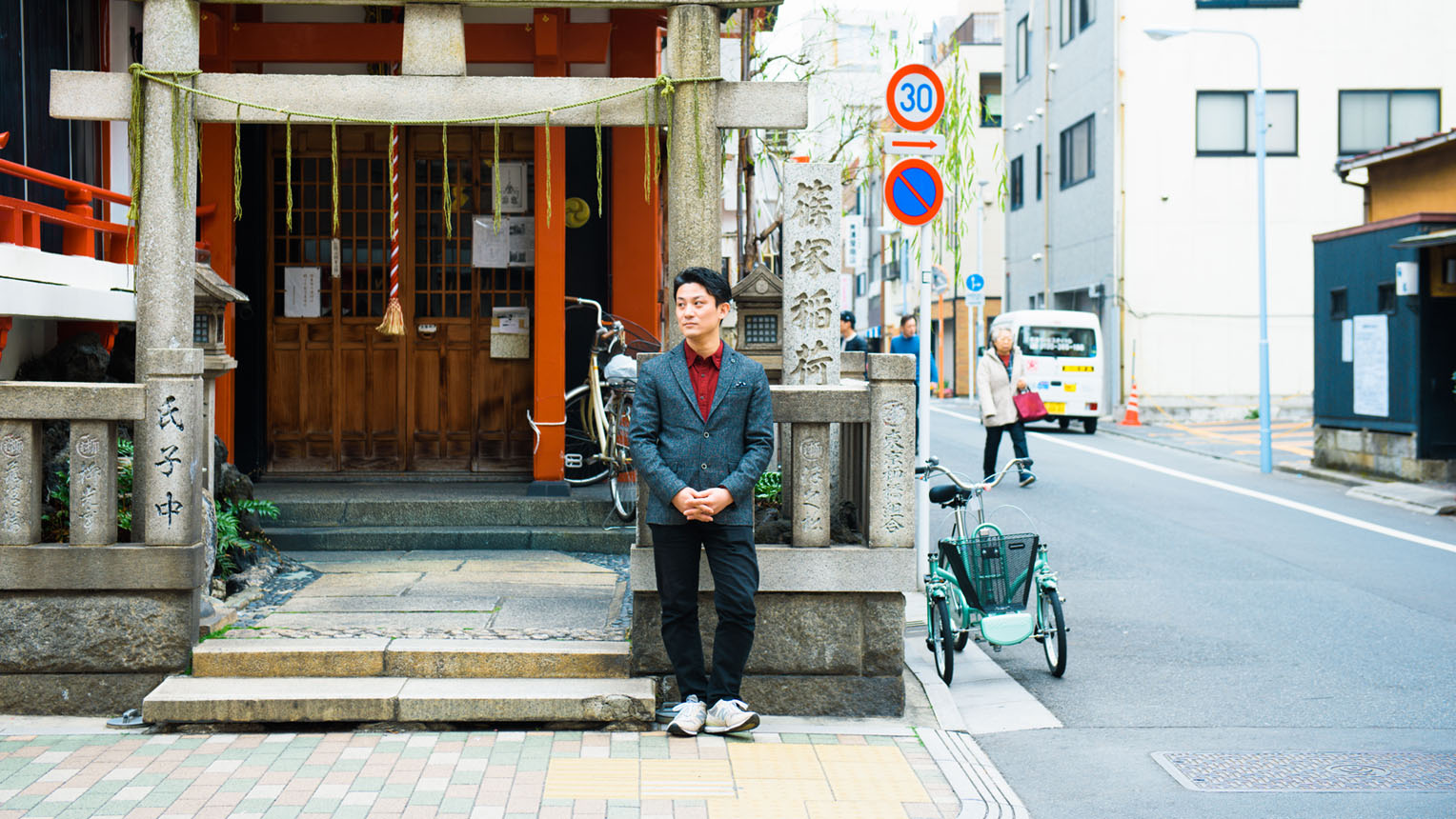
-Are there any common ideas that Matsurism shares with Nihonbashi?
You know how there are people who’ve been living in Nihonbashi for long but there are also new things coming into that area? Inevitably, it comes to the thought of utilizing the goodness of what has always been there and re-innovating it. Attracting people by adding the essence of art and creativity that are not rational to things with a long history. That to me is Nihonbashi. This way of thinking is something that can relate to the activities of Matsurism. It would be very interesting if we can collaborate on something.
What to Continue in Order to Pass Down Matsuri-Festivals to the Next Generation
-Is re-innovation demanded in the world of matsuri-festivals as well?
Yes, it is. We have been getting requests from the organizers that they want to make new updates to matsuri-festivals. No one has a concrete image on how we should update them, but we are all aware that we cannot stay the same. Our parents left us behind these matsuri-festivals and we want to pass it down to our children as well. But with the declining population, we are still fumbling around without a good plan. At the moment we have 2 options. One is to focus on attracting people by turning it into an event style, lowering the criteria for participation. The other is to continue forth by ourselves employing traditional methods, regardless of the consequences. While the former runs the risk of lowering the spiritual essence of the matsuri-festival, the latter has the risk of decreasing successors and losing the tradition altogether. I personally feel that there are other ways besides these two options. I hope we can create a feasible third option together with the local residents.
-How do you want to expand your activities?
The primary members of Matsurism are myself and the director. Aside from us, we have 5 to 6 members in Tokyo that support us per matsuri-festivals and events. We also have an additional 10 members throughout Japan acting as the local matsuritators of their respective areas. Right now, I am the one mainly connecting people with matsuri-festivals, but that would not be possible if we continue to support more events. So we are always on the lookout for anyone who wants to work together as an official member. I want to encounter someone who is interested in people and genuinely enjoys taking part in changing the region and the people.
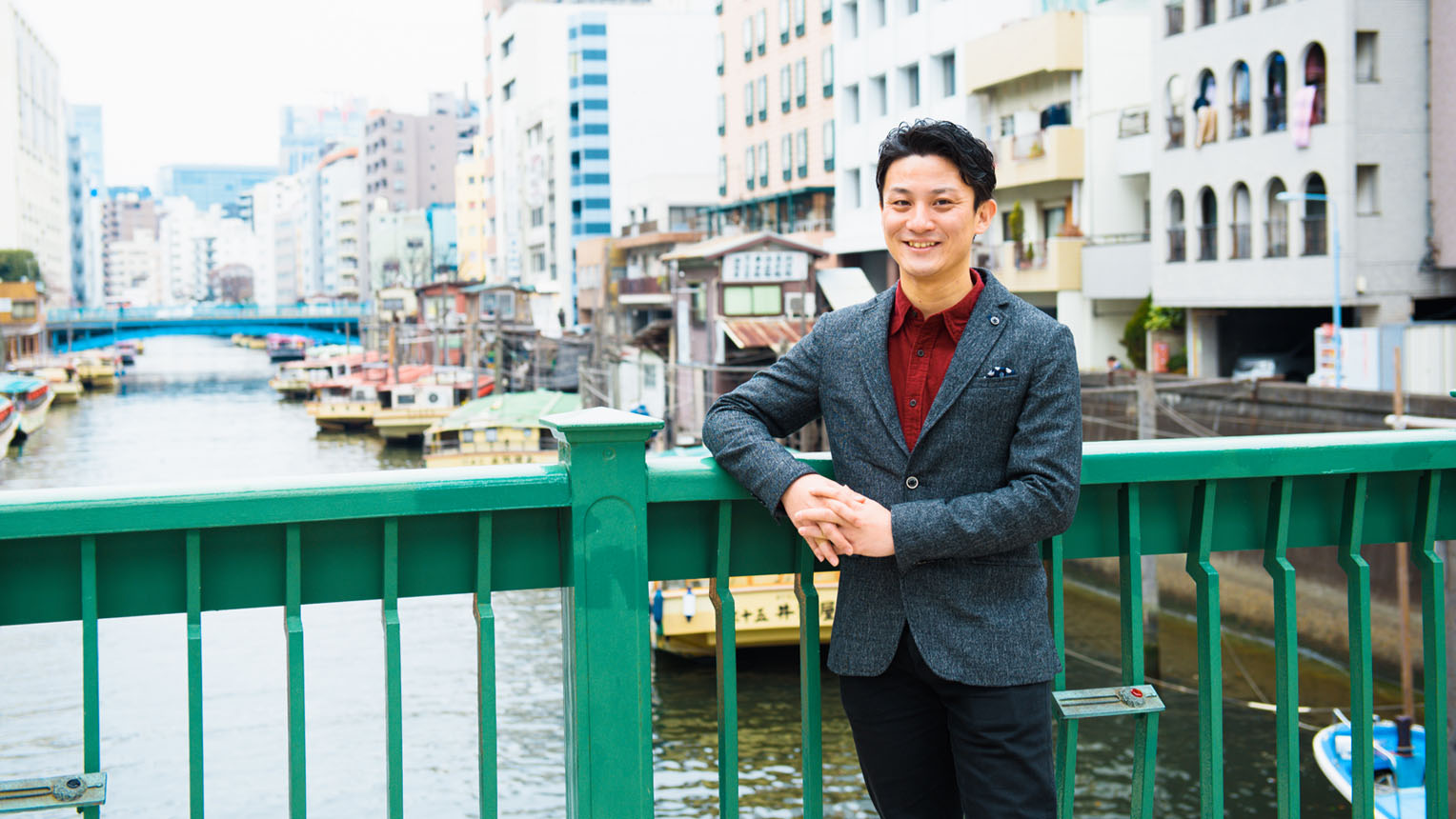
Mr. Ohara’s Top 3 Memorable Matsuri-Festivals
We asked Mr. Ohara, who have experienced many different matsuri-festivals throughout Japan, to highlight few matsuri-festivals on the basis of “Aesthetics,” “Excitement,” and “Comfort.”
Aesthetics: Awa-Odori Dancing in Tokushima Prefecture
The enchanting hand movements and the vibrant costumes are just so beautiful. Tokushima itself is a region that prides in their dyed fabrics, so the kimonos that the women all wear are absolutely exquisite. I actually cried at least 3 times from how beautiful the Awa-Odori dancing was (laughs).
Excitement: Kuroishidera-Temple Sominsai Festival in Iwate Prefecture
A matsuri-festival with over 1,200 years of history. You will be continuously surprised. Participants where only a fundoshi (traditional undergarment for male) and pour water in the minus 10 degrees night during the winter. It is a rare matsuri-festival in which they keep the old tradition of Shojin, the abstinence from meat, fish, eggs, leeks, and garlic for 7 days before the matsuri-festival.
Comfort: Obama-Crest Matsuri-Festival in Fukushima Prefecture
Inside a small and simple town of about 500 people, 4 carts with lanterns parade around the town. All the townspeople genuinely seem to look forward to this matsuri-festival and look very happy. It’s such a great snapshot of an unspoiled landscape of Japan, and it really does put your mind at ease.
Interview/Text: Ichiro Yasui (Konel) / Photo: Daisuke Okamura
General Incorporated Association Matsurism
An organization carrying the motto of “Invigorating the People and the Town through Matsuri-Festivals.” They aim towards establishing a society of gratitude and acceptance by creating a new type of person-to-person interaction beyond that of family relationships and regions. They continue to promote the fascinating aspects of matsuri-festivals both domestically and internationally by hosting matsuri-festival tours, workshops for event organizers, and through shooting promotional videos. info@matsurism.com




